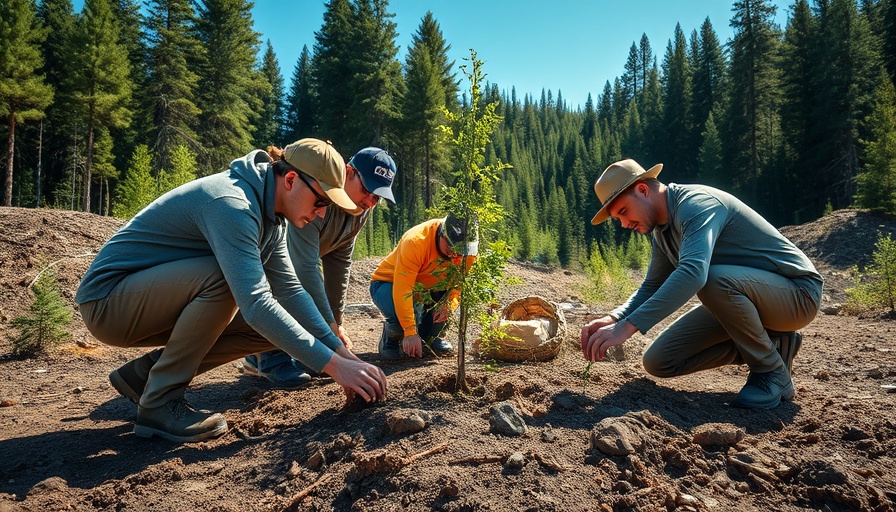
The Dark Side of Orangutan Relocation
A recent study has raised alarms regarding the frequent practice of relocating wild orangutans in Indonesia and Malaysia. While such actions are often intended to protect these great apes from human-animal conflicts, the consequences can be dire. Researchers have found that many displaced orangutans struggle to adapt to their new environments, with many traveling back to their original homes, sometimes over 60 miles away.
Why Relocate When Healthy?
Many orangutans, captured under various pretenses such as crop damage or being in the path of human development, turn out to be in good health at the time of capture. In fact, the study indicates that 81.7 percent of the 988 orangutans captured were healthy, questioning the necessity of these relocations. This raises concerns about the possible psychological and physical toll on these sentient beings—akin to uprooting people from their neighborhoods and placing them in hostile environments.
Endangerment and Long-Term Survival
All three species of orangutans—Sumatran, Bornean, and Tapanuli—are critically endangered. As conservationists explore effective measures to protect these species, this study highlights a crucial dilemma: Are current relocation practices doing more harm than good? The challenge lies in balancing human development with the survival of orangutans, whose populations are dwindling due to habitat destruction, particularly the expansion of palm oil plantations.
The Need for Innovative Conservation Strategies
This research emphasizes that we must rethink our approaches to wildlife conservation. Instead of quick fixes like relocation, long-term strategies focused on habitat preservation and community engagement may prove more beneficial. Engaging local communities in conservation efforts can create a harmonious coexistence with wildlife, potentially reducing conflicts and improving conservation outcomes.
 Add Row
Add Row  Add
Add 




 Add Row
Add Row  Add
Add 



Write A Comment